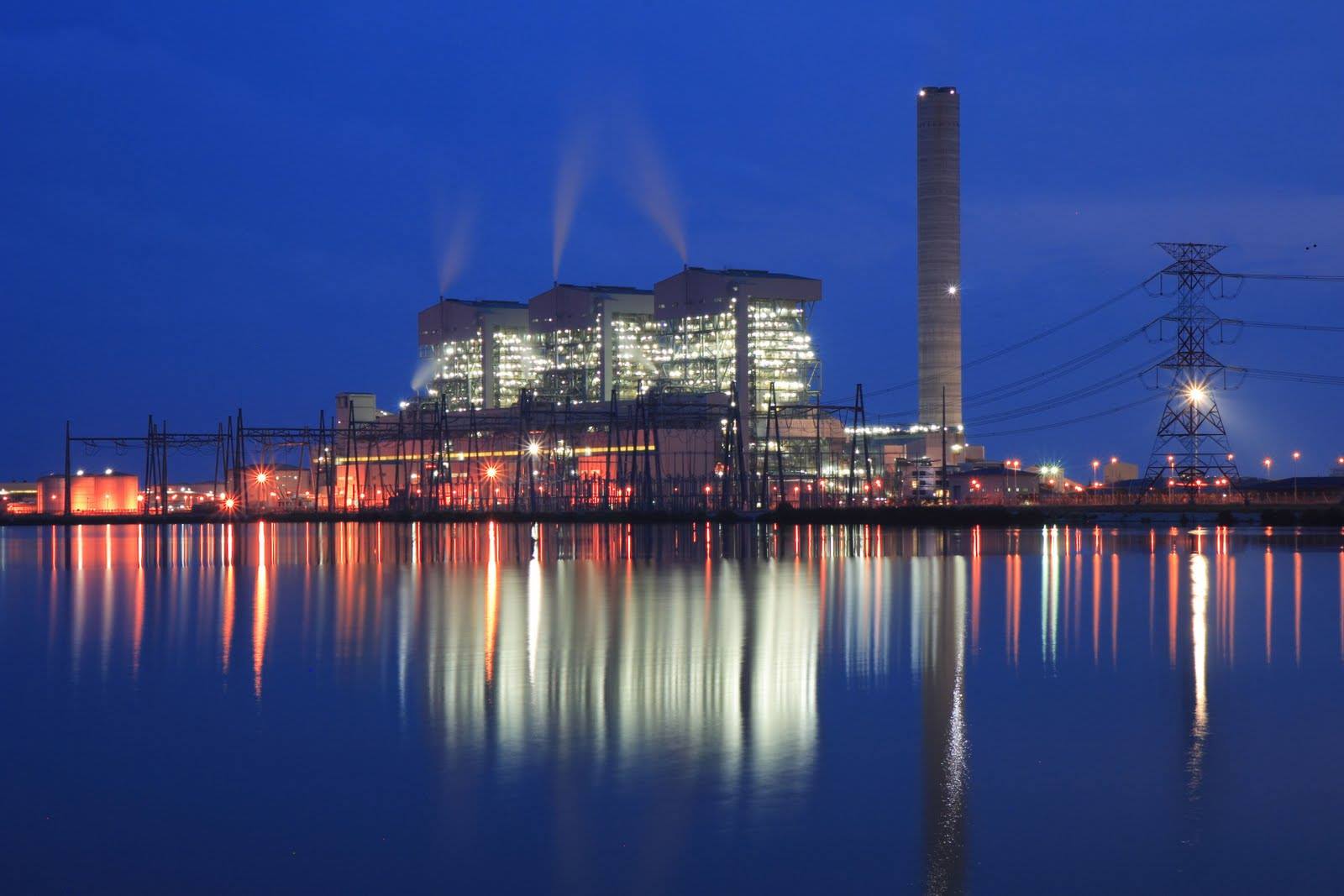electricity
malaysia
ACmotors, CommercialMotors, electricalengineering, ElectricalSafety, ElectricMotors, energyefficiency, HeavyDutyMotors, HouseholdAppliances, InductionMotors, IndustrialMotors, MotorApplications, MotorEfficiency, MotorMaintenance, MotorTechnology, PowerDistribution, powersystems, ResidentialMotors, SinglePhaseMotor, SynchronousMotors, ThreePhaseMotor
9M2PJU
0 Comments
Power Stations in Malaysia
Malaysia’s energy landscape is diverse, with power stations spread across the country, harnessing various energy sources such as hydropower, natural gas, coal, oil, and renewable energy. These power stations play a critical role in meeting the nation’s growing energy demands, supporting industrial growth, and ensuring a stable electricity supply for households and businesses. In this blog post, we’ll explore the types of power stations in Malaysia, their locations, capacities, and the technologies they use. We’ll also analyze the significance of these power stations in Malaysia’s energy mix.
Types of Power Stations in Malaysia
Malaysia’s power stations can be categorized into several types based on the energy sources they utilize:
- Hydropower Stations
- Gas-Fired Power Stations
- Coal-Fired Power Stations
- Oil-Fired Power Stations
- Biomass and Renewable Energy Stations
- Hybrid Power Stations
Each type of power station has its unique advantages and challenges, and together, they form the backbone of Malaysia’s electricity generation infrastructure.
Hydropower Stations
Hydropower is one of the most significant sources of renewable energy in Malaysia. The country’s abundant rivers and rainfall make it ideal for hydropower generation. Some of the major hydropower stations include:
Key Hydropower Stations
- Bakun Dam (Sarawak): With a capacity of 2,520 MW, Bakun Dam is one of the largest hydropower projects in Southeast Asia. It plays a crucial role in supplying electricity to Sarawak and supporting industrial activities.
- Murum Dam (Sarawak): This dam has a capacity of 944 MW and complements Bakun Dam in meeting Sarawak’s energy needs.
- Sungai Perak Hydroelectric Scheme (Perak): This scheme includes several power stations, such as the Sultan Azlan Shah Bersia Power Station (72 MW) and Temenggor Power Station (348 MW), which collectively contribute significantly to Peninsular Malaysia’s electricity grid.
Advantages of Hydropower
- Renewable and environmentally friendly.
- Provides a stable and reliable source of energy.
- Helps in flood control and water management.
Gas-Fired Power Stations
Natural gas is a major energy source in Malaysia, thanks to the country’s abundant natural gas reserves. Gas-fired power stations are widely used due to their efficiency and lower emissions compared to coal-fired plants.
Key Gas-Fired Power Stations
- Connaught Bridge Power Station (Selangor): With a capacity of 832 MW, this station uses combined cycle technology to maximize efficiency.
- Prai Power Station (Penang): This 1,071 MW plant is one of the largest gas-fired stations in the country.
- Tuanku Jaafar Power Station (Negeri Sembilan): With a capacity of 1,500 MW, this station is a critical supplier of electricity to the southern region of Peninsular Malaysia.
Advantages of Gas-Fired Power
- Lower carbon emissions compared to coal.
- High efficiency due to combined cycle technology.
- Reliable and flexible for meeting peak demand.
Coal-Fired Power Stations
Coal remains a significant source of energy in Malaysia, particularly for large-scale power generation. While coal-fired plants are cost-effective, they face criticism for their environmental impact.
Key Coal-Fired Power Stations
- Manjung Power Station (Perak): With a capacity of 4,100 MW, this is one of the largest coal-fired plants in Southeast Asia.
- Tanjung Bin Power Station (Johor): This 2,244 MW plant is a major supplier of electricity to the southern region.
- Jimah Power Plant (Negeri Sembilan): With a capacity of 1,400 MW, this plant supports the growing energy needs of the central region.
Challenges of Coal-Fired Power
- High carbon emissions and environmental concerns.
- Dependence on coal imports, which can affect energy security.
- Increasing pressure to transition to cleaner energy sources.
Oil-Fired Power Stations
Oil-fired power stations are less common in Malaysia due to the high cost of oil and its environmental impact. However, they are still used in certain regions, particularly in Sabah and Sarawak.
Key Oil-Fired Power Stations
- Gelugor Power Station (Penang): With a capacity of 398 MW, this station provides backup power to the northern region.
- Melawa Power Station (Sabah): This 50 MW station uses diesel engines to supply electricity to remote areas.
Limitations of Oil-Fired Power
- High operational costs due to fluctuating oil prices.
- Significant carbon emissions and environmental impact.
- Limited to small-scale or backup power generation.
Biomass and Renewable Energy Stations
Malaysia is increasingly investing in renewable energy sources such as biomass, solar, and wind to reduce its carbon footprint and diversify its energy mix.
Key Biomass and Renewable Energy Stations
- Recycle Energy Sdn Bhd (Selangor): This 8.9 MW plant uses refuse-derived fuel to generate electricity.
- FTJ Bio Power Sdn Bhd (Pahang): With a capacity of 12 MW, this plant utilizes empty fruit bunches from palm oil mills.
- Hybrid Power Station (Terengganu): Located on Pulau Perhentian Kecil, this station combines wind turbines, solar panels, and diesel generators to provide 650 kW of electricity to the island.
Advantages of Renewable Energy
- Reduces reliance on fossil fuels.
- Environmentally friendly and sustainable.
- Supports Malaysia’s commitment to reducing greenhouse gas emissions.
Hybrid Power Stations
Hybrid power stations combine multiple energy sources, such as solar, wind, and diesel, to provide a reliable and sustainable energy supply. These stations are particularly useful in remote areas where grid connectivity is limited.
Key Hybrid Power Station
- Pulau Perhentian Kecil Hybrid Station (Terengganu): This station combines 100 kW wind turbines, 100 kW solar panels, and diesel generators to provide 650 kW of electricity to the island.
Advantages of Hybrid Power
- Ensures a stable power supply by combining multiple energy sources.
- Reduces dependence on fossil fuels.
- Ideal for off-grid and remote locations.
Analysis of Malaysia’s Power Generation Landscape
Malaysia’s power generation infrastructure is a mix of traditional and renewable energy sources. While hydropower and natural gas dominate the energy mix, the country is gradually shifting towards renewable energy to meet its sustainability goals. Key trends include:
- Growing Emphasis on Renewable Energy: Malaysia aims to increase the share of renewable energy in its energy mix to 31% by 2025. This includes investments in solar, wind, and biomass projects.
- Challenges in Coal Dependency: Despite its cost-effectiveness, coal-fired power faces increasing scrutiny due to environmental concerns. The government is exploring cleaner coal technologies and transitioning to greener alternatives.
- Regional Disparities: Sabah and Sarawak rely heavily on hydropower and small-scale oil-fired plants, while Peninsular Malaysia has a more diversified energy mix.
- Energy Security: Malaysia’s reliance on imported coal and natural gas highlights the need for greater energy independence through renewable energy and energy efficiency measures.
Conclusion
Malaysia’s power stations are the backbone of its energy infrastructure, supporting economic growth and improving the quality of life for its citizens. From the massive Bakun Dam in Sarawak to the efficient gas-fired plants in Peninsular Malaysia, each power station plays a vital role in ensuring a stable and reliable electricity supply.
As Malaysia continues to grow, the focus on renewable energy and sustainability will shape the future of its power generation landscape. By investing in cleaner technologies and diversifying its energy sources, Malaysia can achieve its goal of becoming a low-carbon economy while meeting the energy needs of its people.







Post Comment